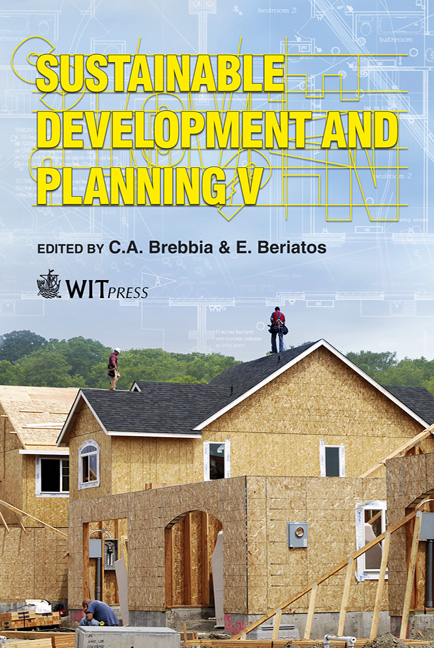The Relationship Between Rice And The Housing Of Rice-growers In The North Of Iran
Price
Free (open access)
Transaction
Volume
150
Pages
12
Page Range
639 - 650
Published
2011
Size
3724 kb
Paper DOI
10.2495/SDP110531
Copyright
WIT Press
Author(s)
M. Yousefnia Pasha
Abstract
The rice ecosystem has not only shaped specific culture and life but also the form of houses and the structure of villages in the north of Iran. Rice is present in all aspects of the rice-grower’s lives. Villages and houses in this ecosystem have evolved which are bound to the culture and are sustainable, compatible with natural environment and also very beautiful. Indeed, in this rural context, inhabitants intimately interface with the context. Through this article, a complete description of some aspects of a rice ecosystem in part of north of Iran will be presented, and especially tries to find out the close relationship between the environment, climate and the use of construction materials from nature including jungle and rice field, manner of construction technologies, their livelihood, and economical aspects to create the outcome. This work will be beneficial to the villagers, architects, organizations, and all cultural, economical, foundations which are involved with rural development. Keywords: rice, architecture, rural architecture, Iran, Mazandaran. 1 Introduction According to a text published by FAo, evidence of rice cultivation in Iran dates back to 100 B.C. [2]. Domestication of rice production was the main course to change Mazandaran’s nomads into settlers. The complexity of the rice production process and different rice application provides a base framework to shape the culture of these people. Rice farming starts at the beginning of spring and ends at the beginning of autumn. Therefore, Mazandaran’s farmers divide the year into two seasons,
Keywords
rice, architecture, rural architecture, Iran, Mazandaran.





